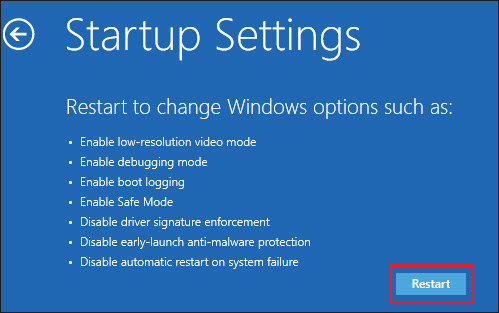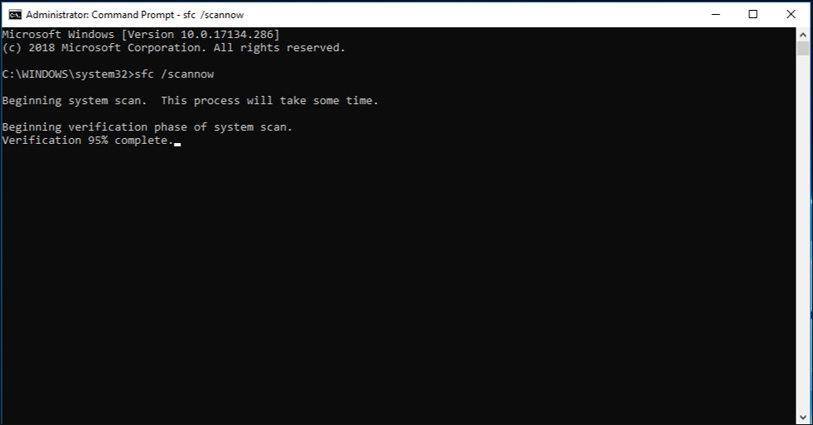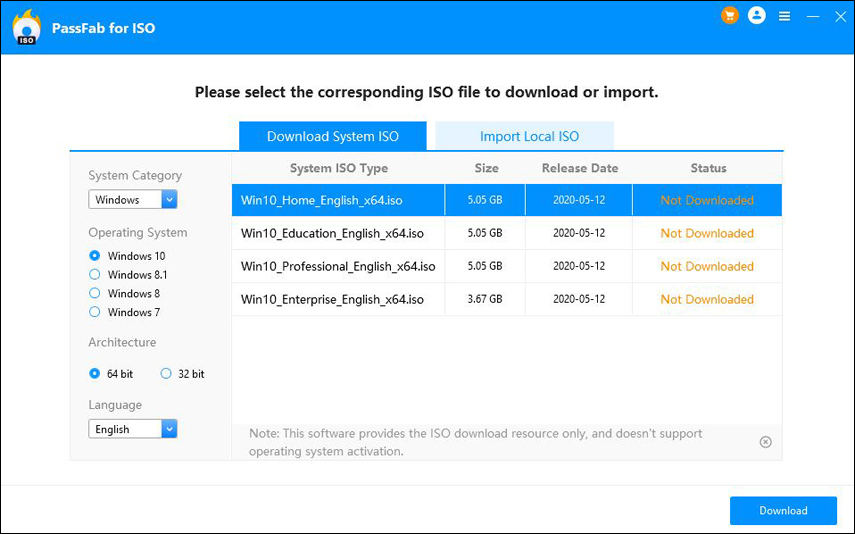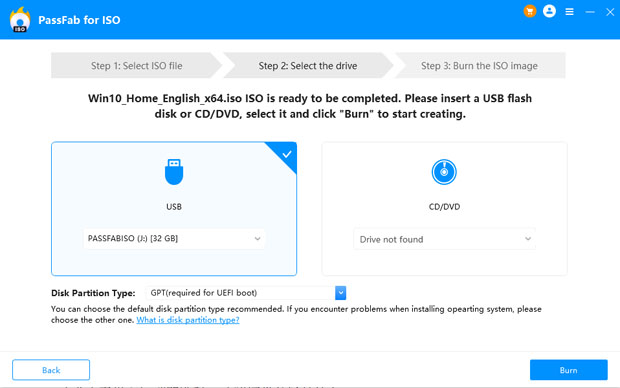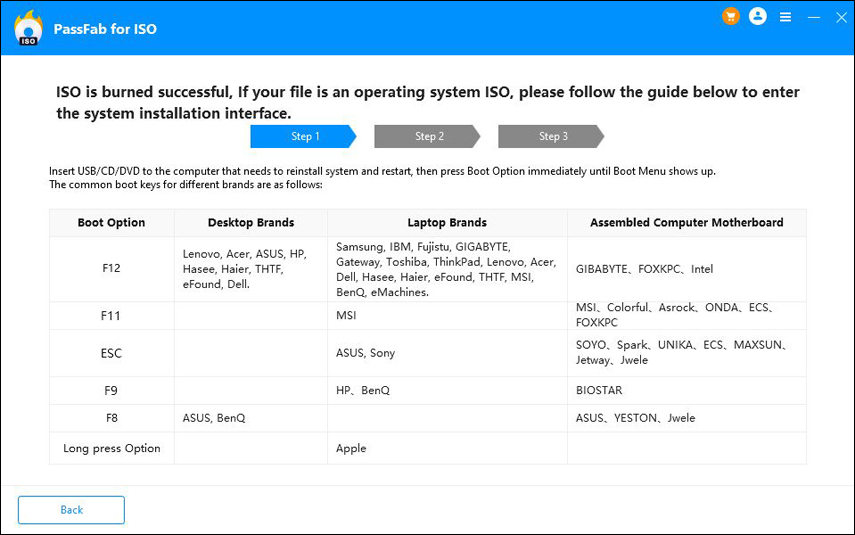If you are receiving the blue screen saying IRQL NOT LESS OR EQUAL, then you have come to the right place. This error typically occurs after the installation of a buggy device driver, system service, or BIOS update.
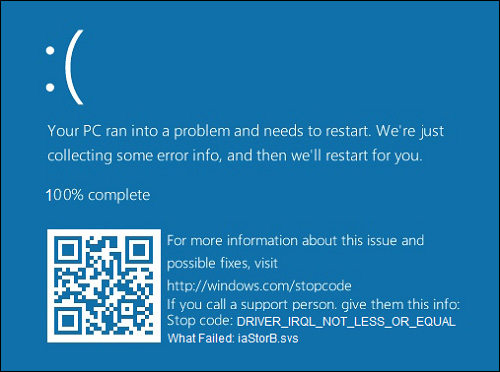
The driver IRQL NOT LESS OR EQUAL typically indicates that a kernel-mode processor tried to access the memory it does not have access to.
So, today we will go over 8 quick fixes to solve this issue, so you do not have to face it anytime soon. But before that let us list out why this actually might be occurring.
Part 1: Possible Causes of IRQL Not Less or Equal
Corrupt system files: One of the most common causes of IRQL NOT LESS OR EQUAL is a corrupted system file. If the file is required to boot the system, you will face the error. The corrupted system file can be a result of virus attacks, power surges, or various disk write errors.
Incompatible device drivers: As mention earlier, a newly installed faulty device driver can also create this error.
Faulty hardware: If you have a damaged motherboard or a ram, this error can also pop up.
Improper software installation: If you are dealing with a misconfigured Windows service, this error can also occur.
A downgraded Windows installation: If you downgrade your windows on top of the latest version, this error can occur due to various incompatibility issues.
Read Also: Kernel Security Check Failure Windows 10? Check These 8 Methods
Part 2: 8 Solutions to Fix Driver IRQL Not Less or Equal
- 1. Disable Memory Cache
- 2. Check for Updates
- 3. Boot Windows in Safe Mode
- 4. Remove Problem Hardware Devices
- 5. Update Drivers
- 6. Check System Files
- 7. Run System Restore
- 8. Reinstall System
1. Disable Memory Cache
To disable the memory cache, you will need to access your computer’s BIOS/UEFI menu.
To open the UEFI menu,
- Restart your Windows.
- Press Del or F2 depending on your manufacturer. The key will let you enter the UEFI menu. If you are unsure what key to press, you can check your motherboards model and confirm the BIOS key online.
Once you’ve entered the BIOS/UEFI menu,
- Go to the Advanced Menu of your BIOS. Depending on your computer, this menu may have a similar but different name.
- Find the Cache Memory menu from the list.
- Press enter to access the menu.
- Now Select Disabled to disable memory cache.
- Once done, simply press the F10 key to save changes and exit.
This will disable the memory cache and hopefully stop IRQL NOT LESS OR EQUAL Windows 10 from showing again.
2. Check for Updates
As the error can occur if you are in a downgraded version of Windows, an update is likely to solve the issue. A fresh window just might be what you need.
So, looking for an update is another great way to fix the problem. To do that,
- Go to Settings.
- Select Update on Security.
- Now click on Check for Updates to see if any update is available for you. If there is, download and install to fix the issue.
Read Also: Best 9 Methods to Fix Can’t Install Updates Windows 10 [2025]
3. Boot Windows in Safe Mode
To do this,
- Press the Window + I to open Settings.
- You can also select the start button with the mouse and then click on settings.
- Go Update & Security > Recovery.
- Under Advanced Startup, select Restart Now.
When your computer goes to choose an option screen, go to Troubleshoot > Advanced Options > Startup Settings > Restart.

- After it restarts, press on F4 or F5 to start your computer on safe mode.
4. Remove Problem Hardware Devices
Many hardware devices can also malfunction and show IRQL NOT LESS OR EQUAL error. So, it is in your best interest to remove all the unnecessary hardware devices that are likely to cause problems.
That list includes,
- Peripherals
- USB hubs
- Needless USB devices, etc.
5. Update Drivers
To update all of your drivers,
- Press the Window + I to open Settings.
- Go Update & Security.
- Click on Windows Update.
- Click on the View optional updates option.
- Go to the Driver update tab and select all the drivers available to update.
And this will solve any driver IRQL NOT LESS OR EQUAL Windows 10 error.
6. Check System Files
To check System Files,
- Search for command prompt in the searching bar. Then run it as Administrator.
Type SFC /scannow and press Enter key to run the command.

Wait for System File Checker to check your files.
7. Run System Restore
Resorting to a previous system point can solve many issues including the IRQL NOT LESS OR EQUAL Windows 10.
To do that,
- Press your Windows key and type System Restore on search.
- Now from the system properties, go to the system protection option and click on system restore.
- Now choose any restore point and click next twice to proceed.
- Once done, your system should be good as new without any issue.
8. Reinstall System
When it comes to reinstalling Windows 10, downloading or importing ISO Files is the main concern. And this is where the powerful tool PassFab for ISO comes into play.
To do that,
- Install the PassFab for ISO application.
Now choose the Windows ISO file you require and download.

- Now insert a USB drive or CD/DVD.
Select the one you chose and click on Burn.

- Wait for the application to finish the burn the ISO file.
Now after the burn is done, you have created a bootable disc successfully.

- Now you can simply reinstall windows 10 with this bootable disc.
To conclude
This ends our list for the top 8 IRQL NOT LESS OR EQUAL solve. If you are not sure which one of these methods to follow, installing a fresh window is the best way to go. It guarantees the solve and you have PassFab for ISO to help you along the way. Let us know if you have any other solution in the comment section below. Share with people, if you find the article helpful.
